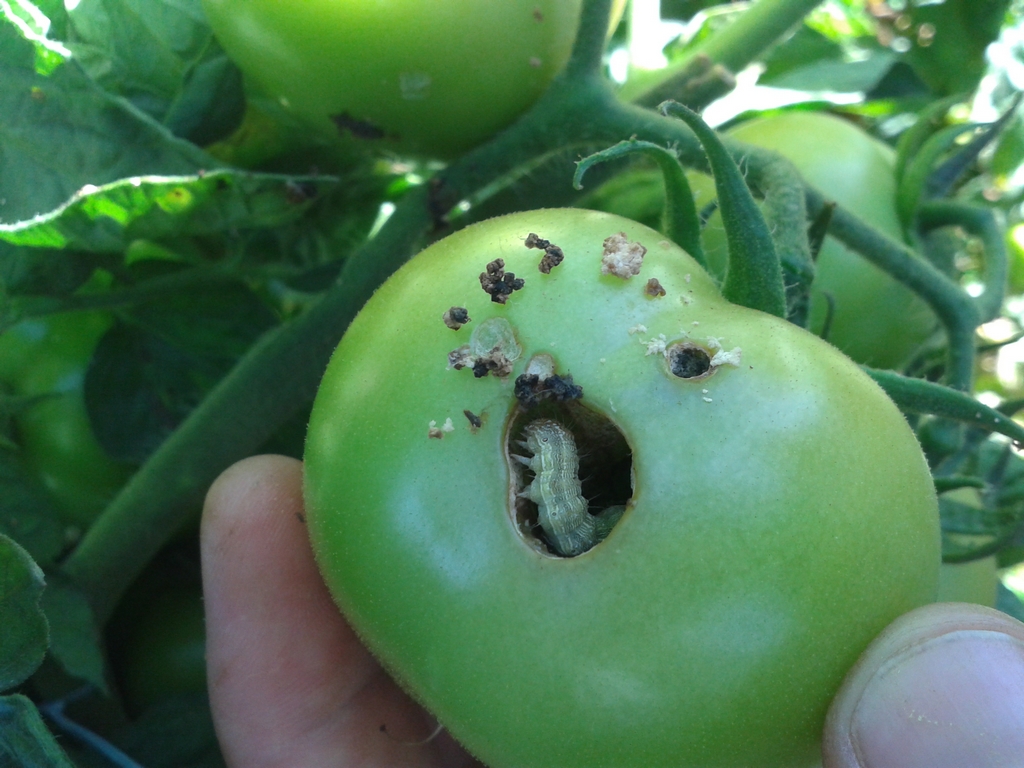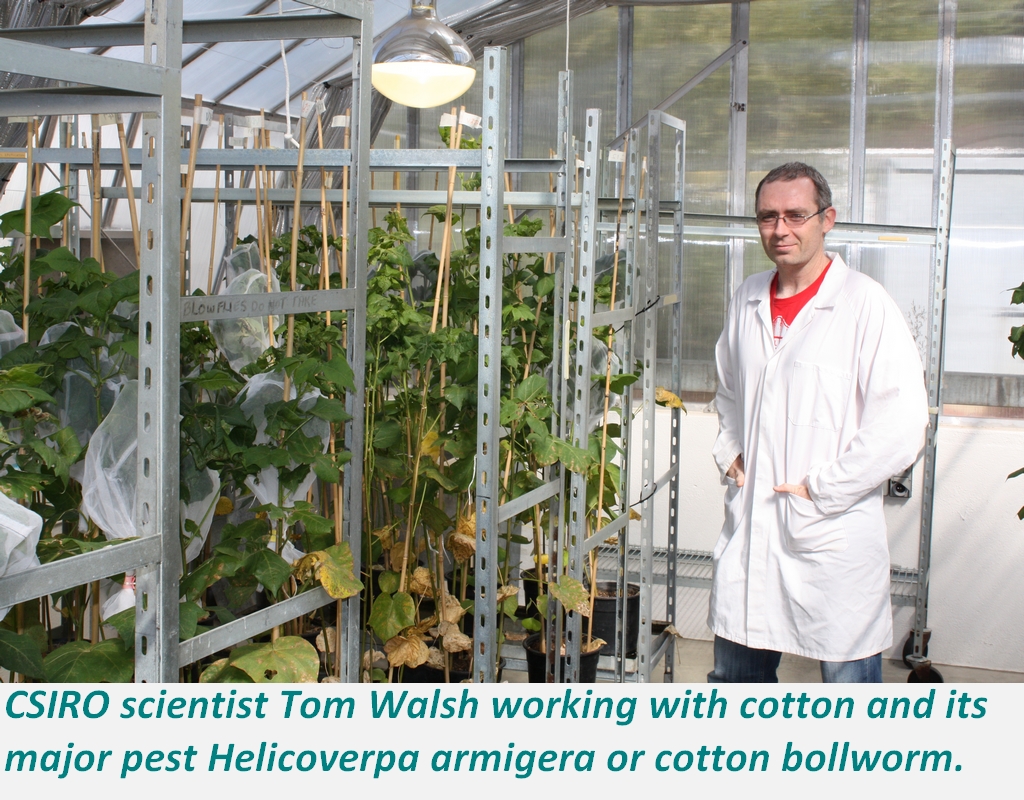Respect for your privacy is our priority
The cookie is a small information file stored in your browser each time you visit our web page.Cookies are useful because they record the history of your activity on our web page. Thus, when you return to the page, it identifies you and configures its content based on your browsing habits, your identity and your preferences.
You may accept cookies or refuse, block or delete cookies, at your convenience. To do this, you can choose from one of the options available on this window or even and if necessary, by configuring your browser.
If you refuse cookies, we can not guarantee the proper functioning of the various features of our web page.
For more information, please read the COOKIES INFORMATION section on our web page.


 According to several articles published in April, a group of Australian scientists from the Commonwealth Scientific and Industrial Research Organization (CSIRO) has drawn the Australian government's attention to the risk posed by the appearance of a new tomato pest. According to the researchers, a new hybrid caterpillar is seriously threatening tomato crops throughout the world.
According to several articles published in April, a group of Australian scientists from the Commonwealth Scientific and Industrial Research Organization (CSIRO) has drawn the Australian government's attention to the risk posed by the appearance of a new tomato pest. According to the researchers, a new hybrid caterpillar is seriously threatening tomato crops throughout the world. The scientists have shown that in the group of caterpillars studied, each individual was genetically distinct, suggesting "a ‘hybrid swarm’ where multiple versions of different hybrids can be present within one population," explained Tom Walsh, one of the members of the CSIRO team of scientists.
The scientists have shown that in the group of caterpillars studied, each individual was genetically distinct, suggesting "a ‘hybrid swarm’ where multiple versions of different hybrids can be present within one population," explained Tom Walsh, one of the members of the CSIRO team of scientists.


























